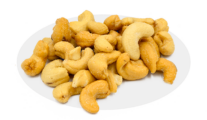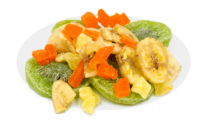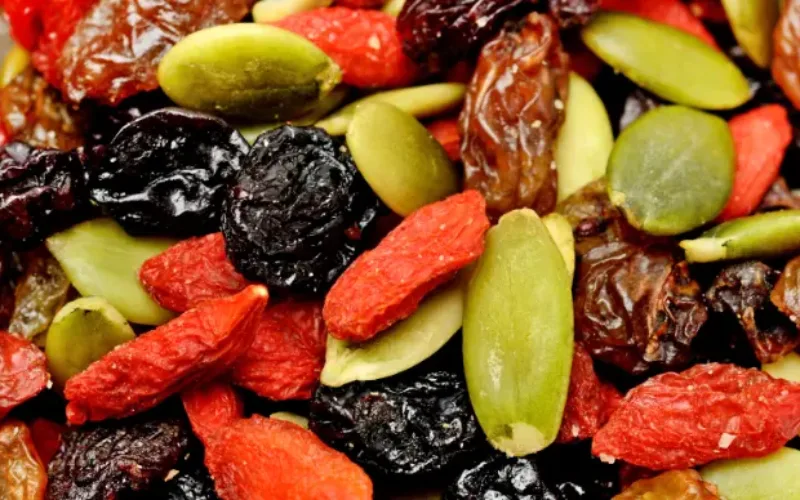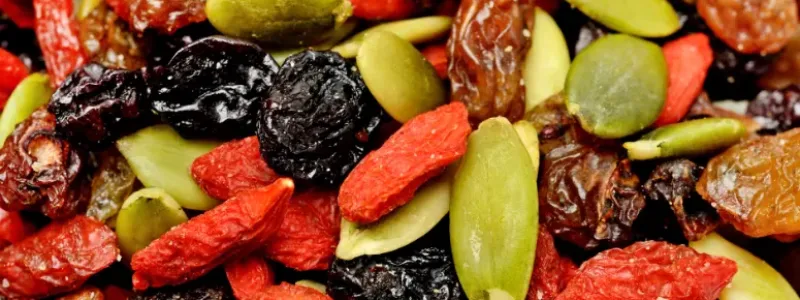Written By Sam Henselijn
Food Packaging. According to PubMed, almost 60% of the plastics manufactured globally are used for food packaging. This is a worrying statistic to us at Lorentanuts.com. We know the devastating effects of non-degradable plastic packaging on human health and the environment.
At LorentaNuts.com, we consistently work to reduce plastic production and increase recycling. We also work hard at promoting better sustainable food packaging. In this article, you will learn all you should know about eco-friendly food packaging.
What is Eco-friendly Food Packaging?
Terms like “eco-friendly” and “green life” have gained a lot of
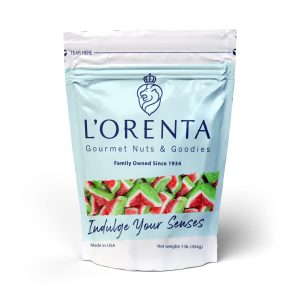
buzz over the years. People constantly use “eco-friendly” for various practices and products. The term “eco-friendly” has become so common that its true meaning is in danger of being obliterated. Knowing the true meaning of eco-friendly will help you to apply the procedures and practices that will result in healthier living for the planet and its occupant.
The literal meaning of eco-friendly is earth-friendly. It also means not “harmful to the environment.” Eco-friendly refers to practices and products that significantly contribute to green living and help preserve resources like energy and water. Eco-friendly products also help prevent land, water, and air pollution. In imitation of us at LorentaNuts.com, you too can participate in eco-friendly practices and habits!
Food’s Carbon Footprint Food Packaging
Carbon footprint is another phrase most people use but have limited knowledge of. A carbon footprint is the complete climate impact on an item or activity, from the creation, use, and transportation to wastage or destruction.
Usually, a carbon footprint is the total amount of greenhouse gasses that something produces. These gasses are mainly methane, carbon dioxide, and nitrous oxide. They confine heat in the atmosphere, which leads to or causes global warming.
What Creates a Food’s Carbon Footprint?
According to the EU, food is the second biggest contributor to our carbon footprint. This is because of the different stages of a food’s lifecycle:
- Production: The pesticides, fertilizers, water, animal feeds, electricity, and other materials used to grow food.
- Processing: Dispatching animals and harvesting crops. Also, the energy used in producing secondary foods.
- Transportation: This covers movement from farms to processing plants to retail units and your home.
- Storage and Cooking: The electricity you use to cook and refrigerate the food you bought
- Waste: This is the food disposed of by you and the retailers.
Each stage of the food’s lifecycle has various impacts on its carbon footprint. For instance, buying beef made in the UK will decrease transport emissions than buying from a far country like Argentina. Also, red meat is one of the core contributors to climate change. So, if you throw the leftover away, it will produce even more greenhouse gas as it breaks down.
Learning about the foods with the highest and smallest carbon footprints will help you know how to reduce your food carbon footprint.
Which Food Has the Highest Carbon Footprint?
A lot of evidence reveals that beef and other dairy products produce the highest amount of food-related greenhouse gasses. This is because sheep and cows require a lot of animal food. They also go through enteric fermentation. This is where their stomachs break food down to generate methane.
Foods with the lowest greenhouse gasses are vegetables and plants. However, the various ways these crops are grown make their carbon footprint differ. For example, at LorentaNuts.com, we grow most of the nuts we use. We also grow them in their seasons. This is because they have low emissions and by extension, a low carbon footprint. Growing them out of their season will lead to a higher carbon footprint because of the fertilizer and energy needed to produce them.
Eco-friendly Food Companies
Eco-friendly food companies are production companies that prioritize the environment and human health in their products. This can be seen in their packaging, the life cycle of the food they use, and their various eco-friendly programs. There are numerous eco-friendly companies in the world. And numerous others are now seeing the importance of eco-friendly food packaging.
At LorentaNuts.com, we pride ourselves on our care for the environment. We are one of the pioneers of eco-friendly packaging. We make our contribution to ensure that the environment is sustained!
Final Thoughts
Saving the environment should be our priority. And eco-friendly packaging is one of the best ways to do that. The collective effort in making sure we all use packaging that can be recycled will help us to save the environment. It will also lead to a reduction in the production of plastic harmful to man and the environment. So while we are doing our part at LorentaNuts.com, you should be involved. It is everyone’s job!
Sam Henselijn Author’s Biography – Meet L’Orenta Nuts CEO
Copyright 2024 L’Orenta Nuts
L’Orenta Nuts proudly holds the SQF food safety certification, symbolizing our unwavering dedication to upholding the highest standards of food safety and quality. This certification guarantees that our products undergo rigorous scrutiny, ensuring transparency, traceability, and adherence to global food safety regulations for the utmost consumer confidence.
L’Orenta Nuts has the HACCP (Hazard Analysis and Critical Control Points) certification is a systematic approach to identifying, evaluating, and controlling food safety hazards. It ensures that food products are produced and handled in a manner that minimizes risks and complies with safety standards.
Our GMP (Good Manufacturing Practices) certification ensures that a manufacturing facility adheres to comprehensive quality and safety standards while producing pharmaceuticals, food, and other consumer goods, promoting consistency, quality, and compliance with regulatory requirements.
L’Orenta is an FDA-approved manufacturing facility and has met the rigorous standards set by the U.S. Food and Drug Administration. It demonstrates compliance with regulations, ensuring the production of safe and high-quality food products.



